1. The Hollow Walking Cane Trick
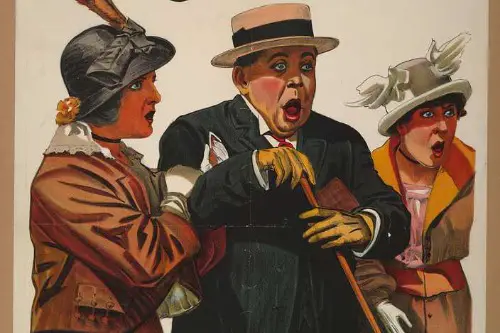
For some well-dressed gentlemen of the 1920s, their walking canes weren’t just a fashion statement—they were a portable bar, according to Nikola Budanovic from The Vintage News. Smugglers designed hollow canes that could hold a few shots of liquor, allowing drinkers to discreetly carry their supply wherever they went. With a simple twist of the handle, the cane became a flask, making it easy to take a quick sip or share with a friend. It was the perfect way to sneak booze into parties or public places without attracting suspicion.
Authorities eventually caught on, but by then, thousands of these secret canes had already made their way into speakeasies and high society events. Some were designed with hidden compartments, while others had built-in straws for sipping on the go. Since a gentleman’s cane was rarely questioned, this trick worked well for years. The only downside? If you got too tipsy, you might actually need the cane for support.
2. Stuffing Booze Inside Loaves of Bread
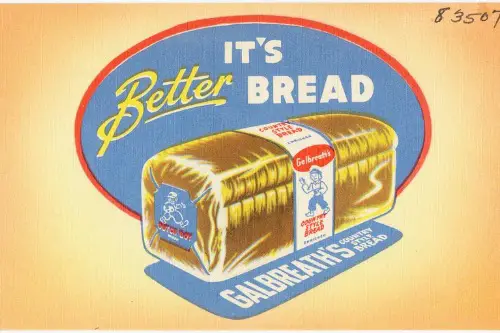
If a cop searched your grocery bag in the 1920s, the last thing they’d suspect was a loaf of bread—so naturally, smugglers turned it into the perfect hiding spot, according to Associated Press’s article in The New York Post. Bootleggers would carefully slice open fresh loaves, hollow them out, and stuff bottles or flasks inside before resealing them. The bread was still soft, the crust remained intact, and as long as no one squeezed too hard, it looked completely normal. This method worked especially well for people crossing the U.S.-Canada border, where authorities were always on high alert.
Some smugglers even got bakers involved, having them bake custom loaves with hidden compartments inside. Others used similar tricks with hollowed-out potatoes, fruit, or even large cheese wheels. The genius of this method was that it blended into everyday life, making it hard for law enforcement to catch. After all, who would suspect that a simple sandwich loaf was actually smuggling enough booze for a wild night?
3. The Casket Con Job

Smugglers knew that certain things were just too sacred for cops to tamper with—like a coffin. Some bootleggers took full advantage of this by stashing liquor inside fake caskets, sometimes even placing a body on top to sell the illusion. Funeral processions became a common sight along smuggling routes, with hearse drivers quietly transporting illegal alcohol instead of the dearly departed. As long as no one got too curious, the trick worked beautifully.
In some cases, real funeral homes were in on the scheme, helping to arrange “funeral shipments” across state lines. Other times, smugglers used coffins with hidden compartments, filling them with bottles while keeping a fake corpse in place. This worked especially well for moving large quantities of liquor without arousing suspicion. But if a suspicious officer ever decided to investigate, the smugglers had to be ready with a very convincing—and very dead-looking—decoy.
4. Boats Disguised as Fishing Vessels
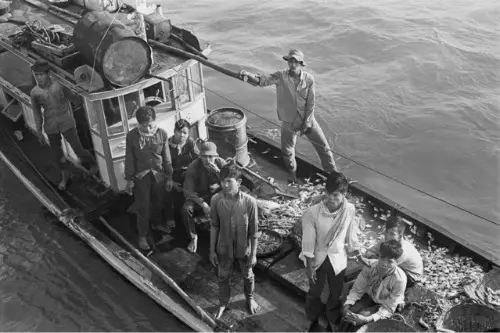
Rum-runners took to the seas, using fishing boats as cover to smuggle liquor from the Caribbean and Canada into the U.S. These so-called “fishermen” would load their boats with barrels of rum, whiskey, and gin, then mix in some real fish to make it look like an innocent haul, according to the Lake Champlain Maritime Museum. The trick worked especially well in places like Florida and New England, where fishing was common and authorities couldn’t stop every single boat. As long as the booze stayed hidden beneath the catch of the day, they could pass right under the noses of law enforcement.
Some boats even had secret compartments built into their hulls, allowing them to stash massive amounts of liquor. Others relied on speed, using souped-up engines to outrun Coast Guard patrols if they were spotted. The most infamous of these smuggling operations took place on the “Rum Row,” a stretch of ocean just beyond U.S. territorial waters where ships waited to offload their illicit cargo. For years, thirsty Americans knew that the best place to find good booze wasn’t on land—it was out at sea.
5. Smuggling Booze in Hollowed-Out Bibles
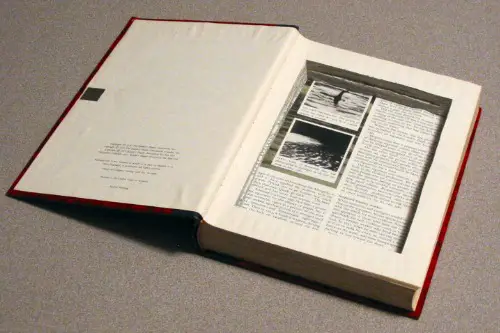
Religious devotion was the last thing police expected to hide illegal liquor, which made Bibles the perfect smuggling tool, according to Christopher Klein from History. Bootleggers carved out the insides of large Bibles, creating just enough space to fit a small flask or bottle. Since few officers wanted to be seen rifling through a holy book, these smuggled goods often passed through checkpoints unnoticed. It was a perfect cover for priests, nuns, and everyday citizens looking for a sneaky way to transport booze.
In some cases, entire shipments of alcohol were hidden inside boxes labeled as religious materials. Some smugglers even worked with corrupt clergy members who helped distribute the liquor under the guise of church supplies. This method became especially popular in big cities, where police raids on speakeasies made liquor hard to come by. If questioned, the smugglers could always claim they were just spreading the good word—along with a little liquid courage.
6. The Cow’s Udder Ruse
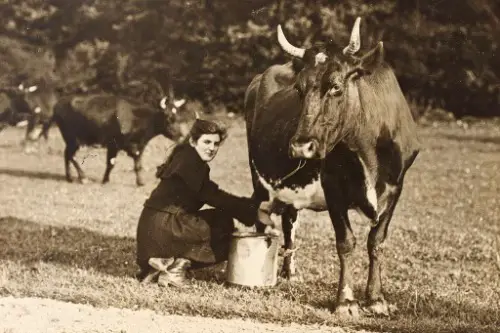
Dairy farms became unexpected smuggling hubs during Prohibition, thanks to the ingenious idea of hiding booze inside cow udders. Farmers or smugglers would carefully empty the udders of milk, then refill them with alcohol before resealing them. Cows carrying hidden whiskey were led across the border from Canada, with inspectors none the wiser. To any outside observer, they were just ordinary dairy cows on their way to market.
The trick was risky—if anyone tried to milk one of these cows, they’d get a very different kind of drink. But since Prohibition officers weren’t exactly in the habit of milking every cow they saw, the method worked surprisingly well. Some farmers even made a business out of “whiskey cows,” using them to transport illegal hooch safely. It was a smuggling operation that truly put the “moon” in moonshine.
7. Hollow Tires Packed with Liquor

Desperate times called for desperate measures, and smugglers found creative ways to turn everyday objects into secret booze compartments—including car tires. Bootleggers would deflate the inner tubes, stuff them full of liquor bottles or bags of whiskey, and then reinflate them to look perfectly normal. Since border patrol agents weren’t slashing tires on every car that passed through, many smugglers got away with it. As long as the tires weren’t overloaded and rolling funny, this was a foolproof way to sneak liquor across state lines.
Of course, there was always a risk—if a tire was punctured, it could lead to an unexpected whiskey flood right in the middle of the road. Some smugglers even took it a step further, modifying their cars with false fuel tanks that actually held alcohol instead of gasoline. Others hollowed out spare tires, which was a safer option since they didn’t have to risk driving on them. As long as no one needed to change a tire, the booze stayed hidden and ready for delivery.
8. Medicine Bottles and Fake Prescriptions
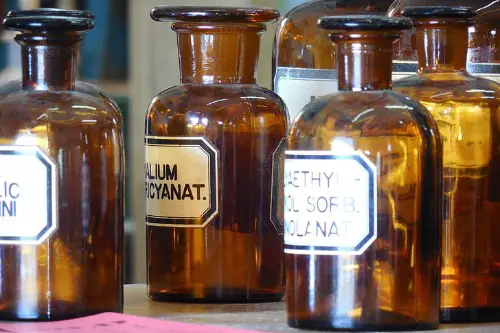
While alcohol was illegal for most people, there was one loophole: doctors could still prescribe it for “medical” purposes. Pharmacies became unexpected liquor suppliers, filling out prescriptions for whiskey just like they would for cough syrup or painkillers. All it took was a friendly doctor willing to write a script, and patients could legally pick up a bottle of booze from their local drugstore. Unsurprisingly, bootleggers exploited this loophole by buying up whiskey prescriptions in bulk or bribing doctors to issue fake ones.
Some pharmacies made an absolute fortune during Prohibition, as demand for “medicinal” alcohol skyrocketed. The most famous example was Walgreens, which grew from 20 stores to over 500 during the 1920s—thanks in large part to its booming whiskey sales. Meanwhile, some bootleggers went even further, refilling used medicine bottles with liquor and reselling them as legitimate prescriptions. As long as the label said it was for a sore throat or stomach pains, no one asked too many questions.
9. Liquor Hidden in Women’s Bloomers
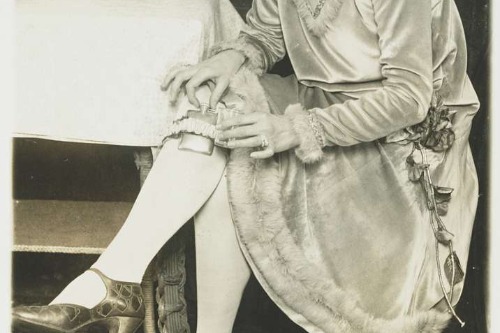
Sometimes, the best smuggling method was the one hiding in plain sight—literally. Women played a huge role in liquor smuggling, using specially designed undergarments with secret pockets to carry small bottles. These “flask bloomers” allowed women to move through train stations and border crossings without attracting suspicion. Since law enforcement officers of the time were mostly men and hesitant to search women thoroughly, this trick worked like a charm.
Some women got even bolder, strapping bottles to their legs under long skirts or sewing hidden compartments into corsets. At speakeasies, female patrons often carried small flasks in their garter belts, making it easy to sneak in a drink even when alcohol was strictly banned. The idea of women smuggling liquor seemed so absurd to many male officers that they rarely suspected them. But behind those innocent smiles and elegant dresses, plenty of ladies were hiding a secret stash.
10. The “Floating Kegs” Smuggling Trick
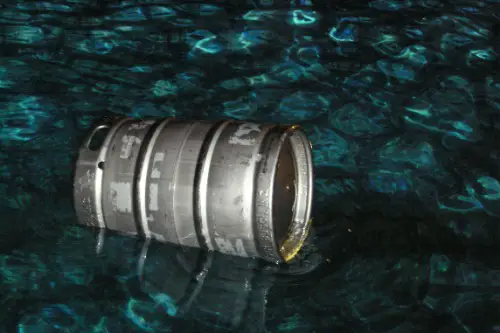
On the Great Lakes and along the Atlantic Coast, smugglers used a clever water-based trick to get booze into the U.S. They would load barrels of liquor onto boats, attach them to long ropes, and then toss them overboard just before reaching shore. The barrels would float just beneath the surface, making them nearly invisible to patrols, while the smugglers quietly made their way through inspections. Later, an accomplice would return under cover of darkness to pull the barrels to shore.
This method was so effective that entire smuggling rings operated this way, creating an underwater liquor pipeline. Some bootleggers even marked their barrels with secret symbols or attached them to buoys so they could be easily retrieved. The Coast Guard caught on eventually, but by then, thousands of barrels had already made it into speakeasies across the country. As long as the tides cooperated, Americans had a steady supply of illicit booze just waiting offshore.
11. Liquor-Filled Fire Extinguishers
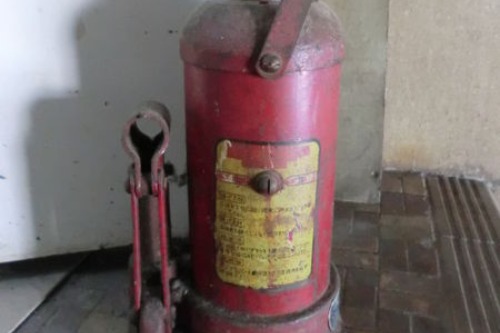
Fire extinguishers became another unexpected weapon in the smuggling game, as bootleggers repurposed them to store and transport booze. They would carefully empty the extinguisher, refill it with alcohol, and then pressurize it again to look like a normal safety device. Since fire extinguishers were common in restaurants, theaters, and even police stations, no one thought twice about seeing one. If the coast was clear, a simple twist of the nozzle turned it into a makeshift tap.
Some speakeasies even used them as secret dispensers, hiding liquor-filled extinguishers in plain sight behind the bar. In the event of a raid, the bartender could simply pretend to be concerned about fire safety while actually refilling drinks. Smugglers also used this trick to transport liquor in cars, as officers rarely inspected safety equipment. In a world where you could get arrested for having a bottle of whiskey, hiding it inside a fire extinguisher was an ironic stroke of genius.
12. Disguising Booze as “Holy Wine”
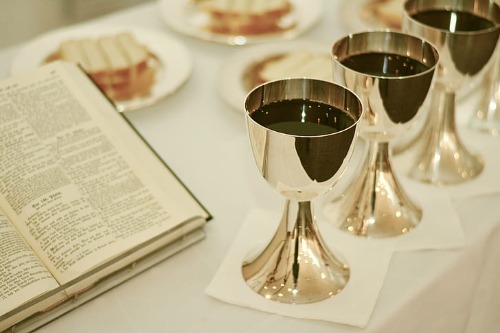
Religious institutions also had a loophole during Prohibition: wine for sacramental purposes was still legal. Churches, synagogues, and even some fake religious groups took advantage of this, securing permits to buy large quantities of wine. Smugglers quickly caught on and either bribed clergy members or set up their own bogus religious organizations to get access. Suddenly, a shocking number of people claimed to need wine for “religious ceremonies” at home.
Some bootleggers even rebranded their illegal liquor as sacramental wine, slapping fake labels on bottles to make them look legitimate. Since law enforcement was hesitant to raid places of worship, this scheme worked remarkably well. The black market for “holy wine” grew so large that authorities eventually cracked down on some of the more obvious frauds. But for years, plenty of Americans found salvation not in prayer—but in a well-placed bottle of disguised bootleg wine.


